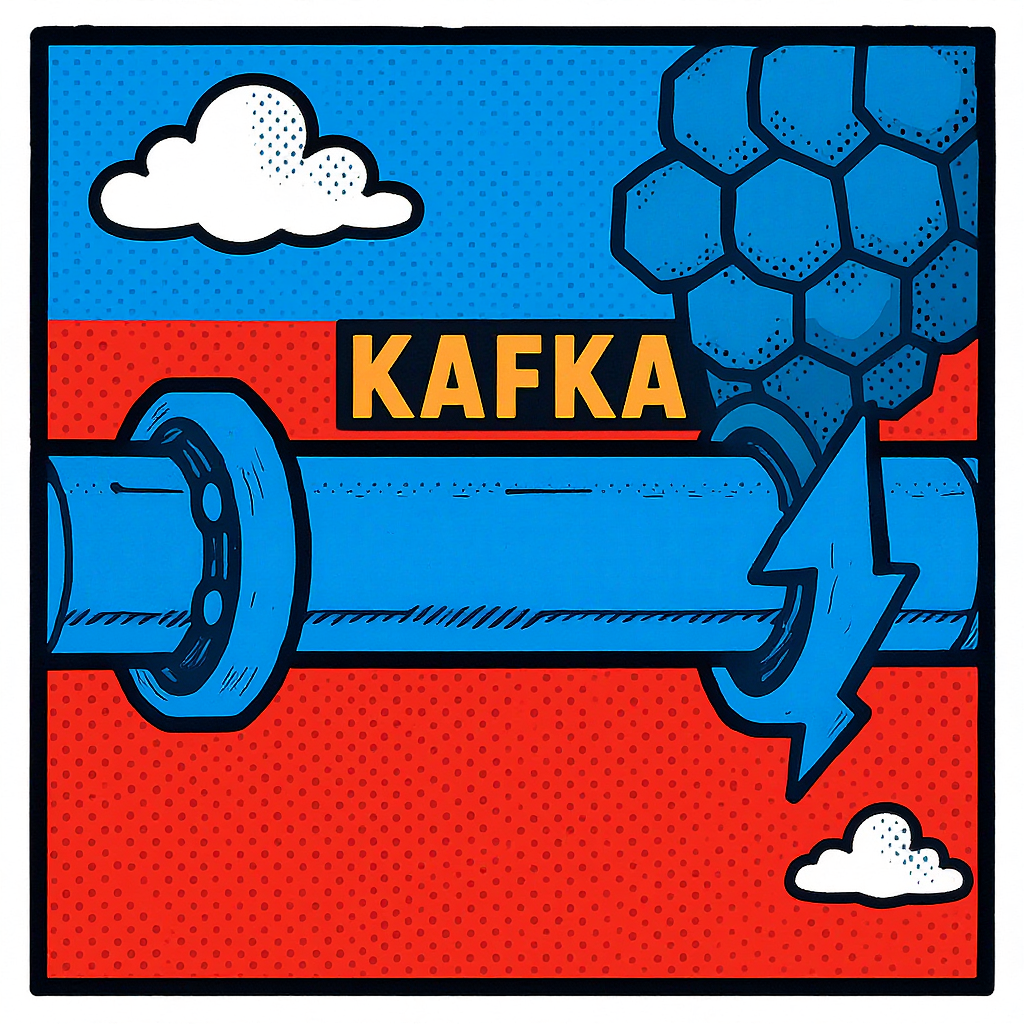In today’s data-driven world, the ability to process and analyze information in real-time is paramount. This necessitates robust and efficient data pipelines capable of handling high-velocity data streams. Apache Kafka, a distributed streaming platform, stands out as a powerful solution for building such pipelines. This article will guide you through the process of building a real-time data pipeline using Kafka, covering key aspects from data ingestion and transformation to storage and consumption. We will explore the architectural considerations, crucial components, and best practices to ensure scalability, reliability, and performance. We’ll delve into practical examples and demonstrate how to leverage Kafka’s features to create a truly real-time data processing system, addressing common challenges and offering solutions for optimal pipeline design. By the end, you will have a clear understanding of how to design and implement your own Kafka-based real-time data pipeline.
Designing the Pipeline Architecture
The foundation of a successful Kafka-based pipeline lies in a well-defined architecture. This involves carefully considering data sources, the data’s schema, and the desired processing steps. A common approach involves using Kafka as a central message broker, decoupling producers (data sources) from consumers (data processors or storage systems). Producers send data to Kafka topics, which act as categorized data streams. Consumers then subscribe to these topics, reading and processing data based on their specific needs. Consider using a schema registry (like Confluent Schema Registry) to ensure data consistency and compatibility across different versions of your application. This aids in managing schema evolution and preventing data corruption. Crucially, think about fault tolerance—how will your pipeline handle failures? Kafka’s distributed nature provides inherent resilience, but you must configure topics with appropriate replication factors and acknowledgements to ensure data durability. Consider using tools like ZooKeeper for monitoring and managing the Kafka cluster.
Data Ingestion and Preprocessing
Efficient data ingestion is critical. The method you choose will depend heavily on your data source. For example, you might use Kafka Connect to pull data from databases (like MySQL or PostgreSQL) or stream data from APIs. If dealing with diverse data formats, consider using a universal data format such as Avro or JSON, facilitating easier processing. Preprocessing steps should happen before data enters Kafka. This might involve data cleaning, transformation, or enrichment. For example, you may need to filter out irrelevant data, standardize formatting, or join data from multiple sources. Performing this preprocessing *before* Kafka reduces the load on Kafka and downstream consumers, enhancing performance significantly. Remember to consider any data validation to maintain data integrity.
Data Processing and Transformation
Once data resides in Kafka, you need mechanisms to process and transform it. Kafka Streams, a client library for building stream processing applications, provides a powerful way to achieve this. It allows you to perform tasks like filtering, aggregation, windowing, and joining within the Kafka ecosystem. Alternatively, you could use other stream processing frameworks like Apache Flink or Spark Streaming, which integrate seamlessly with Kafka. The choice depends on the complexity of your processing requirements and the specific tools you’re familiar with. For example, if you need complex stateful operations or windowing over large datasets, Flink or Spark might be preferable. Remember that efficient transformation requires careful consideration of resource allocation and optimization to prevent bottlenecks. Monitoring key metrics like latency and throughput is essential for fine-tuning performance.
Data Storage and Consumption
The final step is storing the processed data for later analysis or use. Options abound, including traditional databases (like relational or NoSQL databases), data lakes (like Hadoop HDFS or cloud-based data lakes), or even real-time dashboards. The best choice depends on the characteristics of your data and the intended use cases. For high-volume, low-latency requirements, consider a NoSQL database optimized for writes. For detailed analytics, a data lake might be a better fit. The consumer application will extract the processed data from the Kafka topic and push it to the selected storage solution. This could involve custom applications, or leveraging tools like Kafka Connect again, enabling automated data loading into your storage targets. The design of the consumer should be robust, handling potential errors and guaranteeing data consistency.
Conclusion
Building a real-time data pipeline with Kafka involves carefully considering architectural design, data ingestion methods, efficient processing techniques, and appropriate data storage solutions. We have explored the essential components of a robust pipeline, highlighting the roles of Kafka as a central message broker, the benefits of schema registries, and the options for data processing and storage. The choice of specific tools and technologies will depend on your unique requirements and existing infrastructure. However, by following best practices, emphasizing fault tolerance, and monitoring key performance metrics, you can construct a reliable and efficient real-time data pipeline capable of handling the ever-increasing demands of modern data-driven applications. Remember that continuous monitoring and optimization are crucial for maintaining the performance and stability of your pipeline in a production environment. This includes monitoring Kafka’s metrics, tracking data latency, and regularly reviewing your pipeline architecture for scalability.
References
Image By: Black Forest Labs






